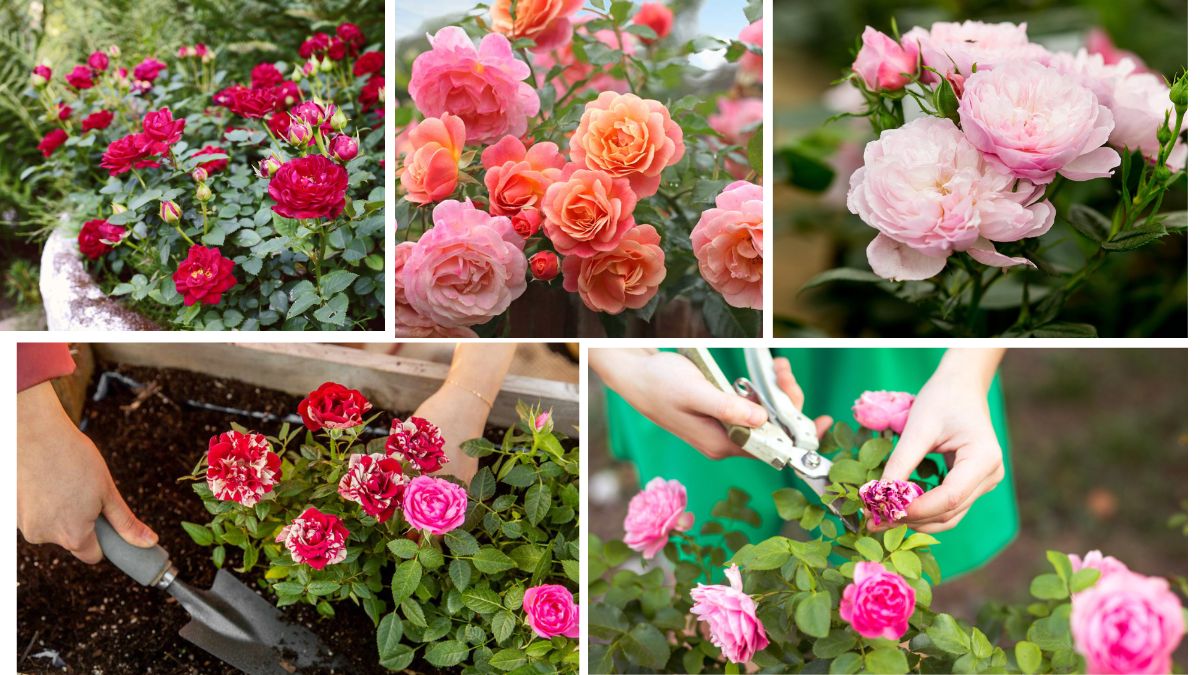A Complete Guide to Cultivating Beautiful Blooms
Roses have been a symbol of beauty, romance, and passion for centuries. Known as the “Queen of Flowers,” roses offer vibrant colors, exquisite fragrance, and elegant structure that make them a favorite in gardens worldwide. However, growing healthy and vibrant roses takes more than just planting and watering. With the right care, preparation, and patience, anyone can enjoy a flourishing rose garden.
This comprehensive guide outlines the top garden tips for growing roses, from choosing the right variety to pruning and protecting your plants from pests. Whether you’re a beginner or an experienced gardener, these tips will help you grow roses that bloom abundantly and thrive year after year.
1. Choose the Right Rose Variety
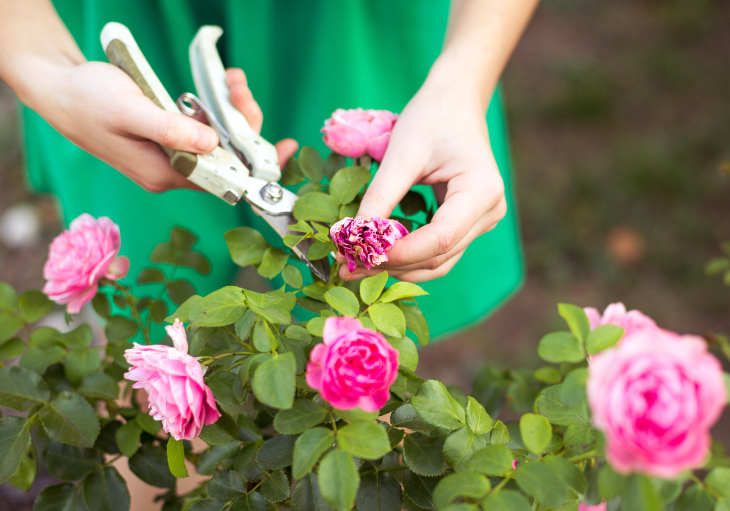
The first step to success in rose gardening is selecting the right type of rose for your garden conditions. Roses come in many forms, including:
- Hybrid Teas – Known for large, single blooms and strong fragrance.
- Floribundas – Produce clusters of blooms; great for mass plantings.
- Climbing Roses – Ideal for trellises, fences, or walls.
- Shrub Roses – Hardy and disease-resistant, good for low-maintenance landscapes.
- Miniature Roses – Perfect for containers or small spaces.
Pro Tip:
When selecting roses, consider your climate, sunlight exposure, space, and maintenance level. Look for disease-resistant varieties like ‘Knock Out’, ‘Iceberg’, or ‘Carefree Beauty’ if you’re new to rose gardening.
2. Pick the Perfect Spot
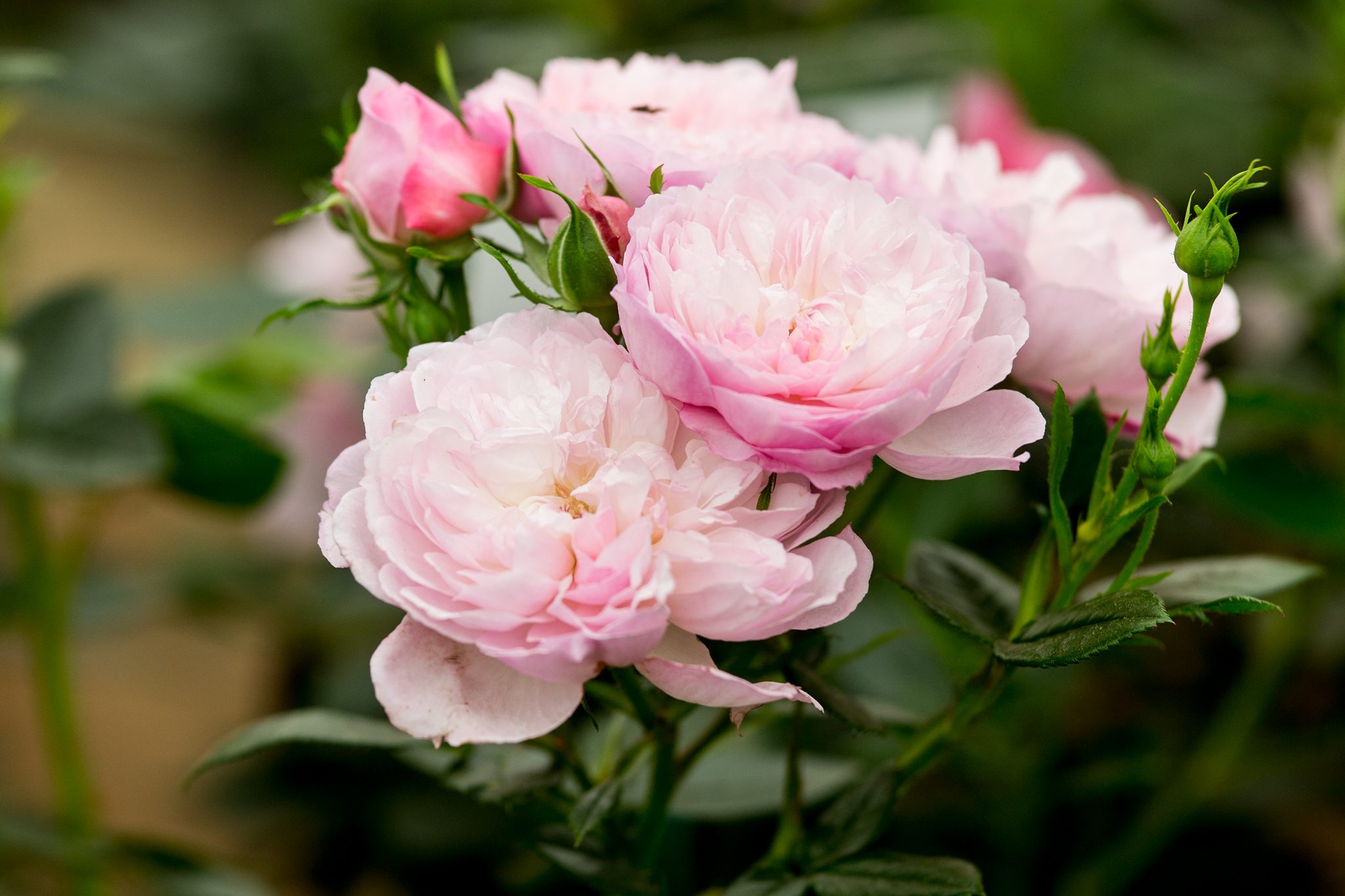
Roses are sun lovers. To thrive and bloom, most rose varieties need:
- 6–8 hours of direct sunlight daily
- Well-drained soil
- Good air circulation
Best Locations:
- Along fences or garden borders
- Raised beds with ample sunlight
- Containers on sunny patios or balconies
Avoid shaded areas, spots with poor drainage, or locations with stagnant air, which can encourage mildew and black spot.
3. Prepare the Soil Properly
Roses prefer slightly acidic, rich loamy soil with a pH between 6.0 and 6.5. To prepare ideal soil conditions:
Soil Preparation Steps:
- Dig a hole about 18 inches wide and deep.
- Mix organic compost, well-rotted manure, or peat moss into the native soil.
- Add bone meal or a slow-release fertilizer to encourage strong root development.
- Ensure proper drainage by elevating beds or adding sand to heavy clay soils.
Healthy soil equals healthy roses!
4. Watering: Not Too Much, Not Too Little
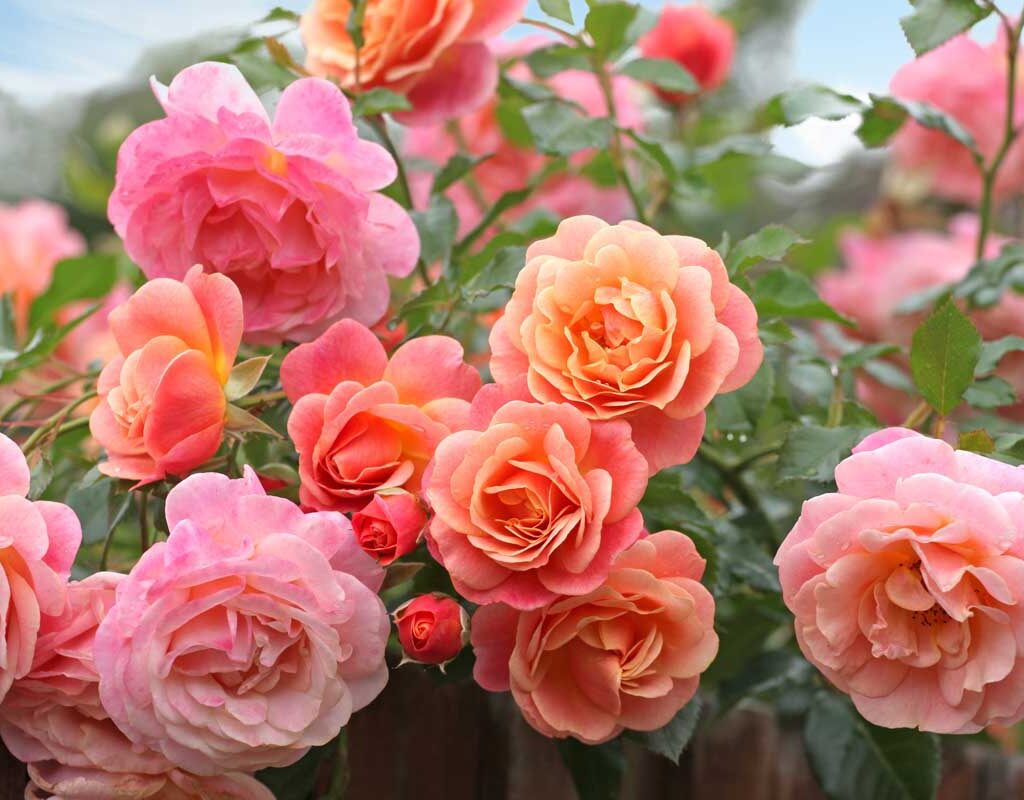
Roses need regular watering, especially during dry spells, but they hate sitting in soggy soil.
Watering Tips:
- Water deeply once or twice a week, rather than shallow watering daily.
- Focus on watering the base of the plant, not the foliage.
- Morning watering is ideal to allow leaves to dry before night, reducing the risk of disease.
A good rule: Keep the soil consistently moist but not waterlogged.
5. Fertilize Regularly for Vigorous Growth
Feeding your roses boosts their bloom production and overall health. Roses are heavy feeders, so proper nutrition is essential.
Fertilizer Guide:
- Start with a balanced slow-release fertilizer in early spring when new growth appears.
- Supplement with liquid rose feed every 2–4 weeks during the growing season.
- Add Epsom salts occasionally to promote flowering and strong canes (1 tbsp per plant).
Stop fertilizing about 6 weeks before the first expected frost to prevent new tender growth that could be damaged by cold.
6. Mulch for Moisture and Weed Control
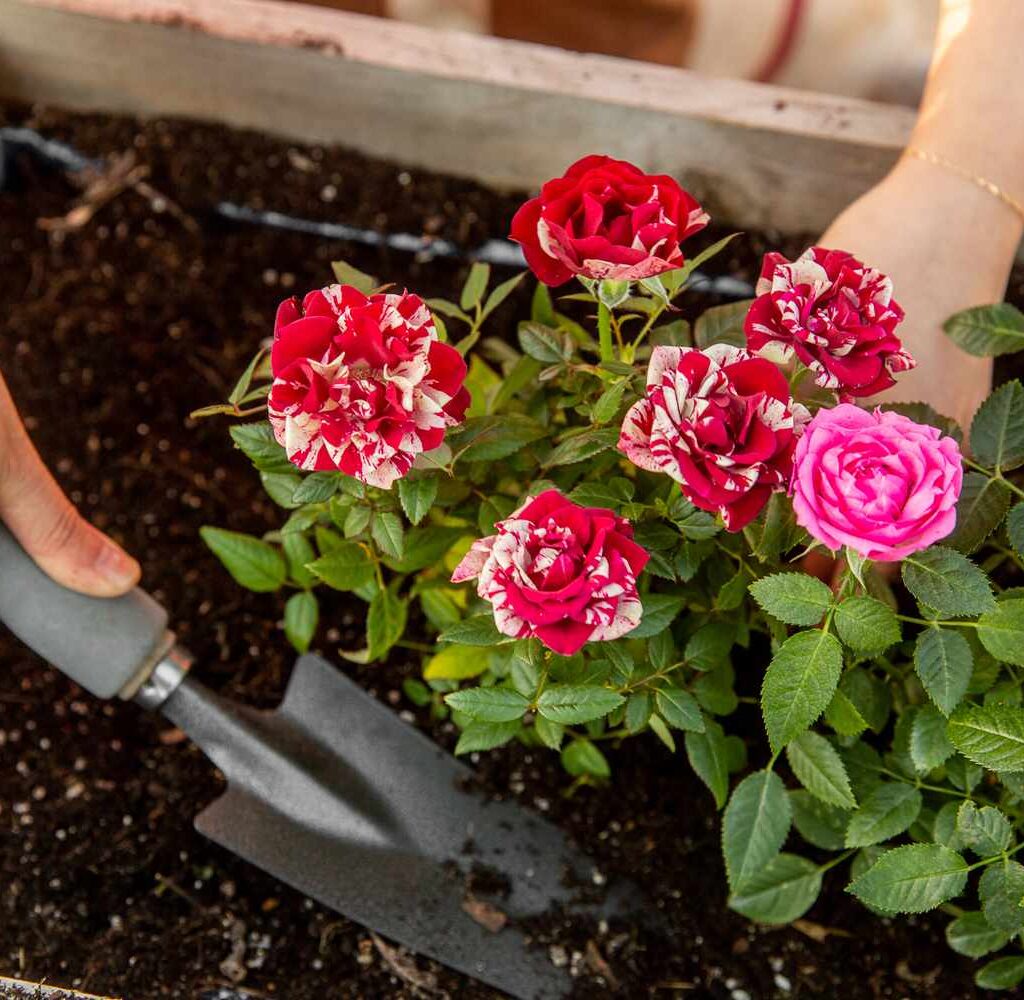
Mulching helps retain moisture, reduce weeds, and regulate soil temperature. It also gives the garden a neat, finished look.
Mulching Tips:
- Apply 2–3 inches of mulch (e.g., bark chips, shredded leaves, or compost) around the base of the rose.
- Keep mulch about 2 inches away from the stem to prevent rot.
- Replenish mulch as it breaks down, especially in early spring and mid-summer.
7. Pruning: Shape, Health, and More Blooms
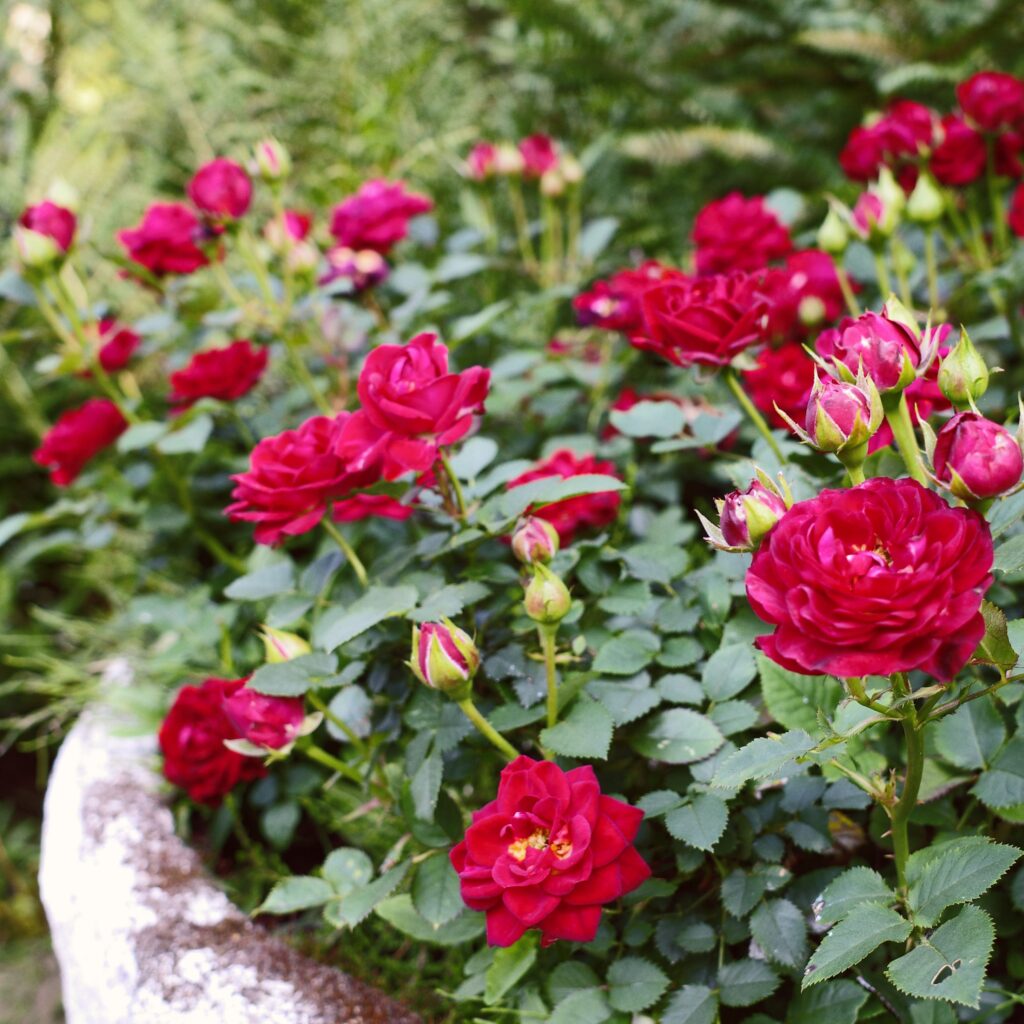
Proper pruning promotes new growth, encourages blooms, and removes dead or diseased wood.
Pruning Tips:
- Prune in late winter or early spring, just as new buds begin to swell.
- Use sharp, clean pruning shears.
- Remove dead, damaged, or crossing branches.
- Cut above outward-facing buds to encourage open growth.
- Remove suckers from below the graft union to prevent energy drain.
Bonus Tip:
For continuous blooming varieties, deadhead (remove spent flowers) regularly to encourage new blossoms.
8. Watch Out for Pests and Diseases
Roses are prone to a few common pests and fungal diseases, especially in humid climates.
Common Rose Pests:
- Aphids: Tiny green insects that feed on buds and leaves.
- Spider Mites: Cause stippled leaves and fine webbing.
- Japanese Beetles: Skeletonize leaves and destroy flowers.
Common Diseases:
- Black Spot: Round black spots on leaves.
- Powdery Mildew: White powdery coating on leaves and buds.
- Rust: Orange or rust-colored spots under leaves.
Solutions:
- Use neem oil, insecticidal soap, or organic fungicides.
- Choose disease-resistant varieties.
- Ensure good air circulation and avoid wetting foliage.
9. Support Climbing Roses with Structures
Climbing roses need support to grow vertically and showcase their beauty.
Trellis Tips:
- Install sturdy trellises, fences, or obelisks before planting.
- Gently tie canes with garden twine as they grow.
- Train new growth horizontally to increase flowering buds.
Climbing roses like ‘New Dawn’ or ‘Cecil Brunner’ can cover walls or arches and become living sculptures in your garden.
10. Winter Protection for Roses
In colder regions, winter can be harsh on roses. Protect them with the right techniques to ensure a strong comeback in spring.
Winterizing Steps:
- Stop fertilizing 6 weeks before the first frost.
- Cut back tall canes to prevent wind damage.
- Apply a thick mulch layer (8–10 inches) around the base.
- In very cold zones, cover with burlap or rose cones.
Bonus Tips for Thriving Roses
- Rotate planting locations every few years to avoid soil-borne diseases.
- Group roses with companion plants like lavender, catmint, or marigolds to deter pests.
- Keep a garden journal to track what works best in your garden over time.
Final Thoughts
Growing roses may seem intimidating, but with the right approach and a little dedication, your garden can be filled with vibrant, fragrant blooms. Whether you’re cultivating a few hybrid tea roses in containers or transforming your backyard with a climbing rose-covered arbor, these tips will help you achieve stunning results.
Remember, roses thrive on care, consistency, and love. As you watch your roses bloom year after year, you’ll find the rewards are well worth the effort.
